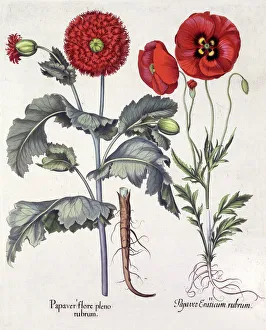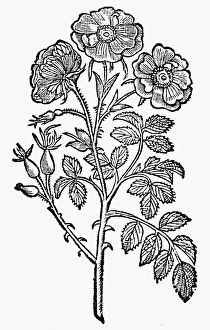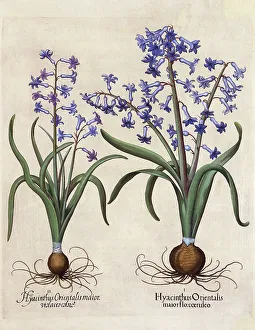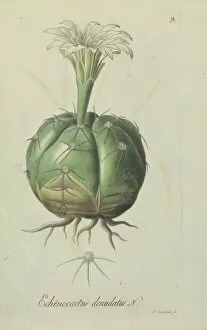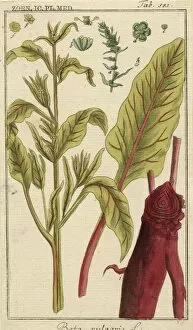Plantarum Collection
"Exploring the Botanical World: From Poppy Varieties to Plant Taxonomy" In the vast realm of botany
All Professionally Made to Order for Quick Shipping
"Exploring the Botanical World: From Poppy Varieties to Plant Taxonomy" In the vast realm of botany, one cannot overlook the captivating beauty and diversity of plantarum. This Latin term encompasses a wide array of flora, each with its own unique characteristics and significance. Let us embark on a journey through time and space as we delve into some notable examples. Firstly, we encounter Papaver, commonly known as poppy. Within this genus lies two intriguing varieties that have captured the attention of many enthusiasts throughout history. These delicate flowers have inspired artists and poets alike with their vibrant colors and graceful petals. One such admirer was John Ray, an English botanist and zoologist from the 17th century. His meticulous observations paved the way for advancements in plant taxonomy, forever shaping our understanding of botanical classification. Moving forward, we stumble upon Albuca caudata - a fascinating species renowned for its long-tailed inflorescence resembling a brush or tassel. Its peculiar appearance adds an element of intrigue to any garden or collection. Hyacinthus Orientalis, commonly known as hyacinth, also graces our path. With its intoxicating fragrance and stunning blooms in various shades, it has become a beloved addition to gardens worldwide. As we continue our exploration through historical texts like Matthaeus Lobelius' "Plantarum, " we come across enchanting woodcuts depicting botanical wonders such as double wild rose (BOTANY: DOUBLE WILD ROSE) and common houseleek (Sempervivum tectorum). These illustrations transport us back in time to an era when scientific knowledge intertwined seamlessly with artistry. Another remarkable woodcut from Lobelius' work showcases mandrake (BOTANY: MANDRAKE), adding an air of mystique surrounding this legendary plant believed to possess magical properties by ancient civilizations.

